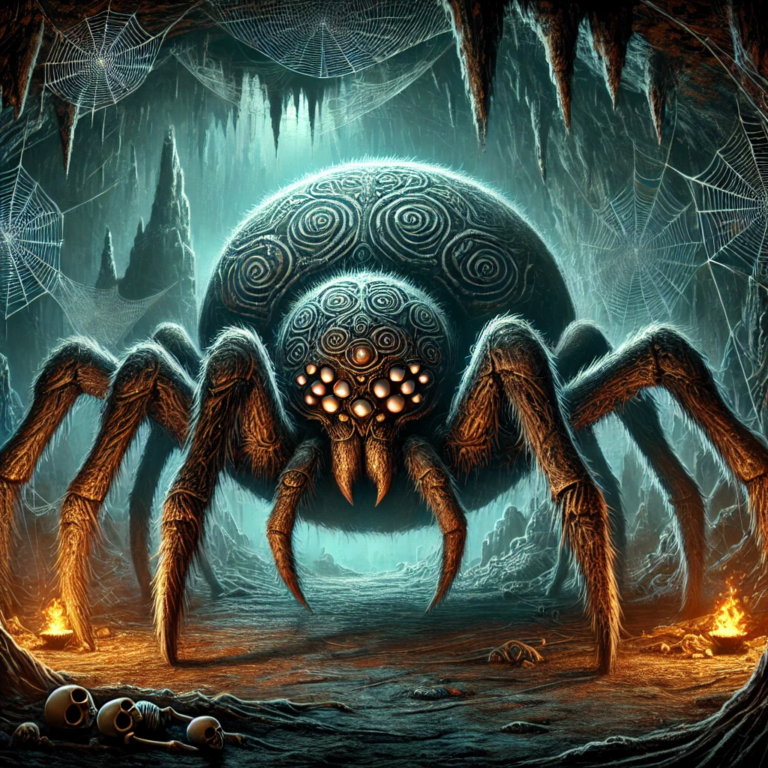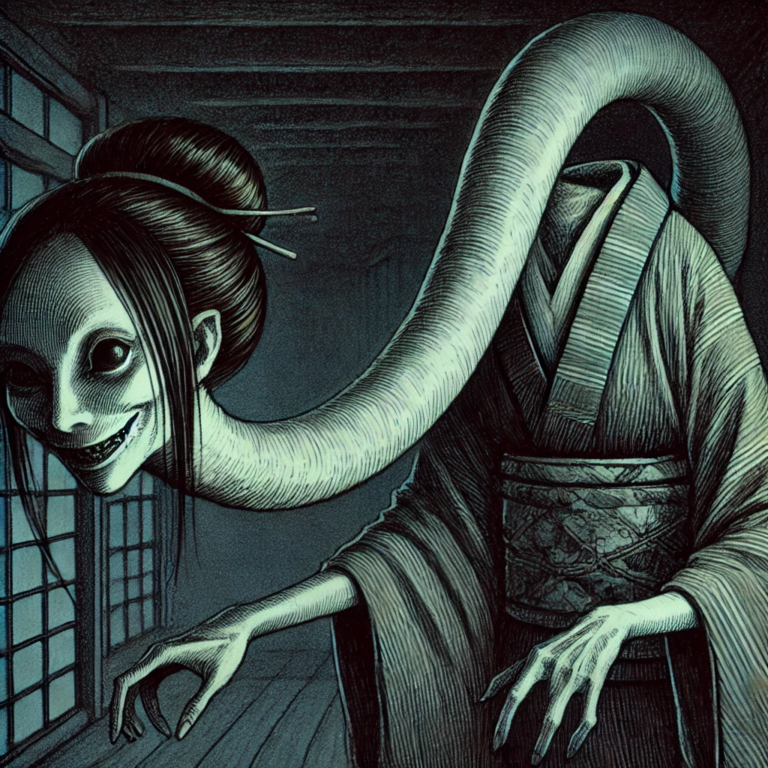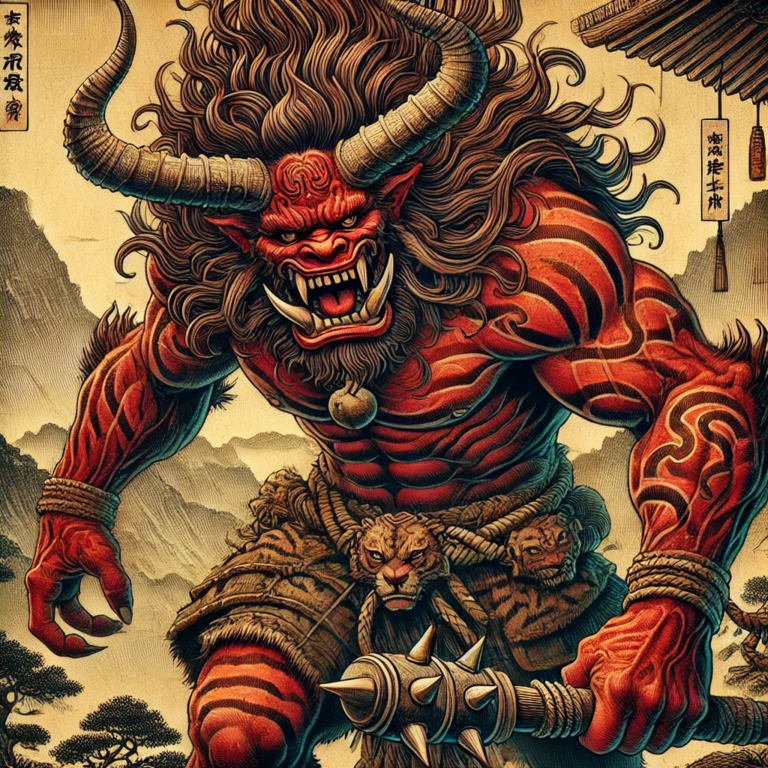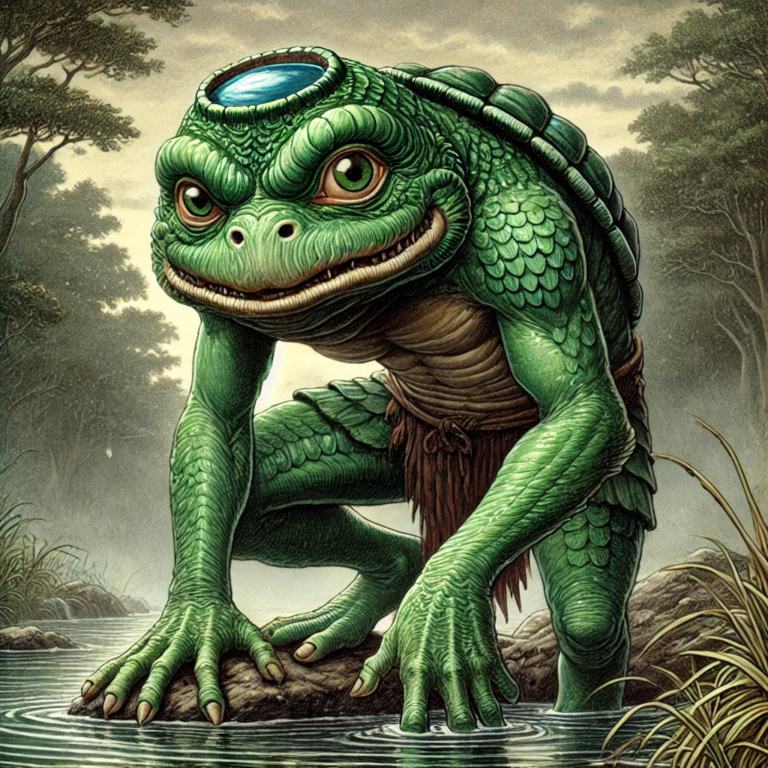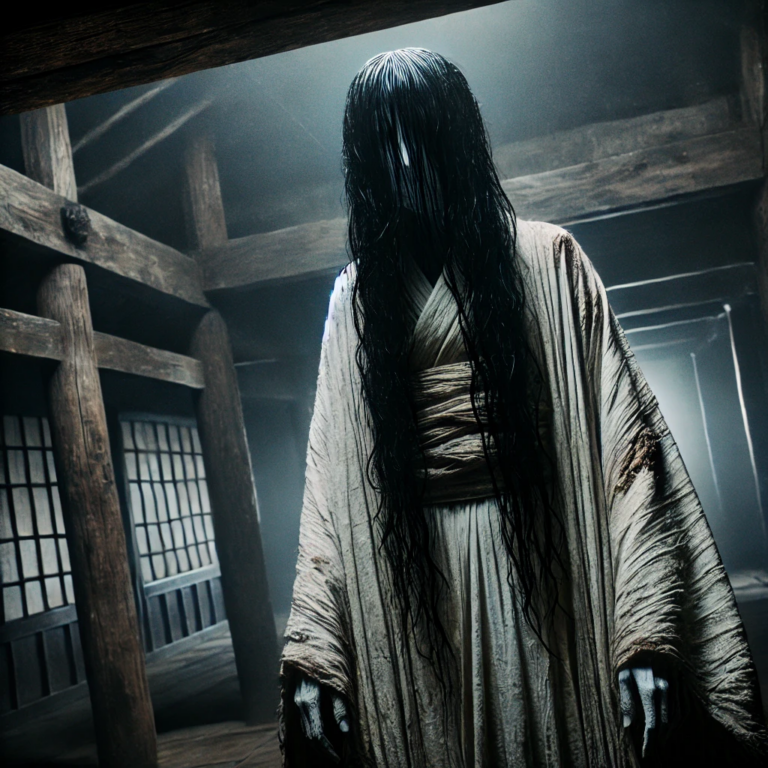
Yūrei
Yūrei (幽霊) are ghosts from Japanese folklore and are believed to be spirits of the dead who have not been able to move on to the afterlife due to unresolved issues, emotional turmoil, or improper burial rites. The concept of Yūrei is deeply embedded in Japanese culture and has influenced literature, theater, and art for centuries. Yūrei are often compared to Western ghosts but have unique characteristics that reflect Japan’s spiritual beliefs, particularly those rooted in Shinto and Buddhism.

